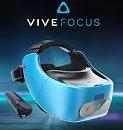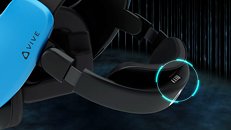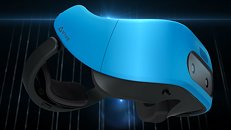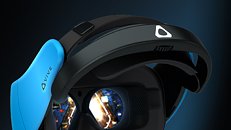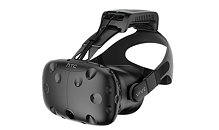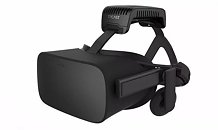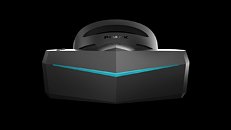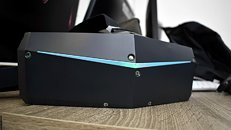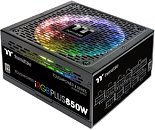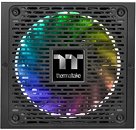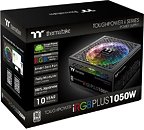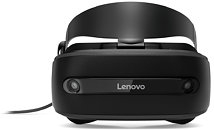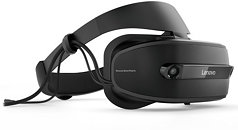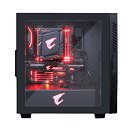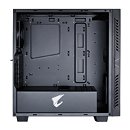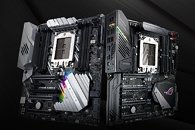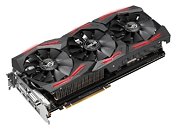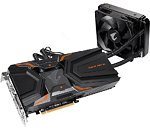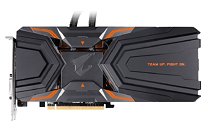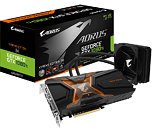
HTC Reveals Vive Focus Standalone VR Headset and Vive Wave VR Open Platform
HTC, a pioneer in innovative, smart mobile and virtual reality (VR) technologies, today held its VIVE Developer Conference 2017 (VDC2017), where it announced VIVE WAVE, a VR open platform and toolset that will open up the path to easy mobile VR content development and high-performance device optimization for third-party partners. 12 hardware partners, namely 360QIKU, Baofengmojing, Coocaa, EmdoorVR, Idealens, iQIYI, Juhaokan, Nubia, Pico, Pimax, Quanta and Thundercomm, announced their support for the integration of Vive Wave as well as the VIVEPORT VR content platform into their future products. Vive Wave is a clear step forward in bringing together the highly fragmented mobile VR market that has growth up in China the last several years. It saves tremendous efforts by allowing developers to create content for a common platform and storefront across disparate hardware vendors. Over 35 Chinese and global content developers have already built VR content optimized for Vive Wave, with 14 showing live demos at the event. Vive also unveiled the VIVE FOCUS, its highly anticipated premium standalone VR headset for the China market that is also based on the Vive Wave VR open platform.
